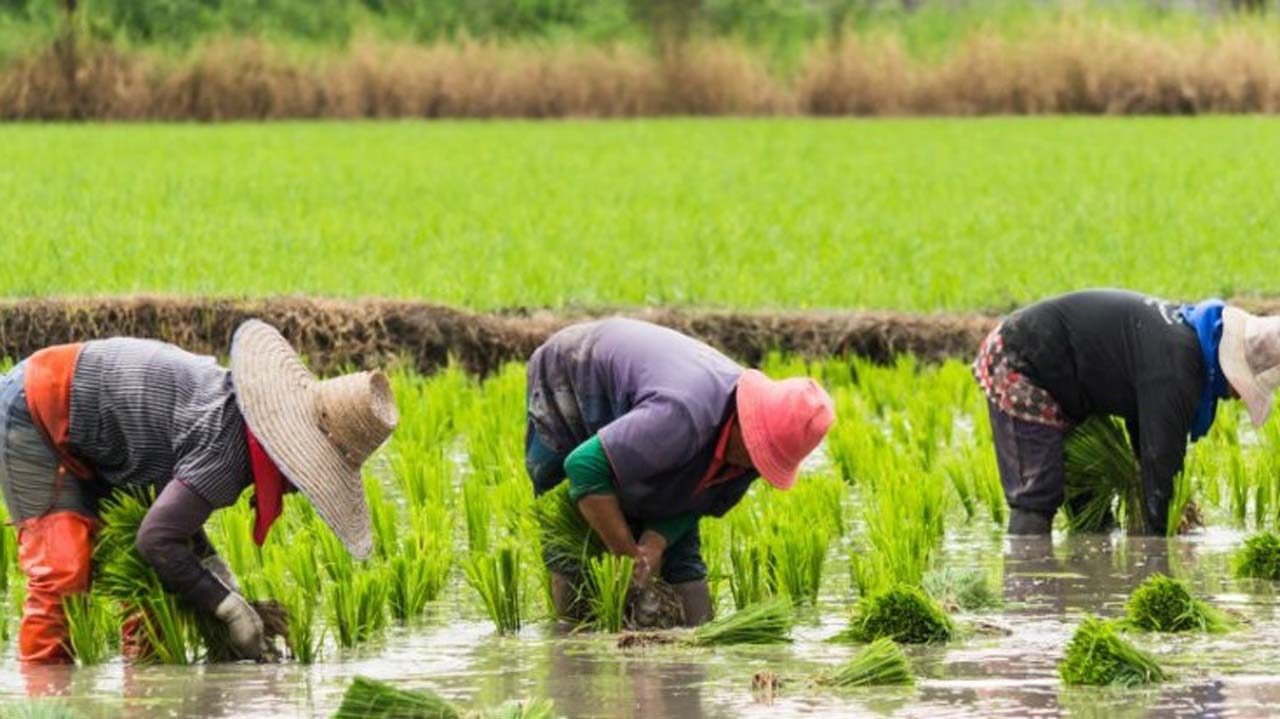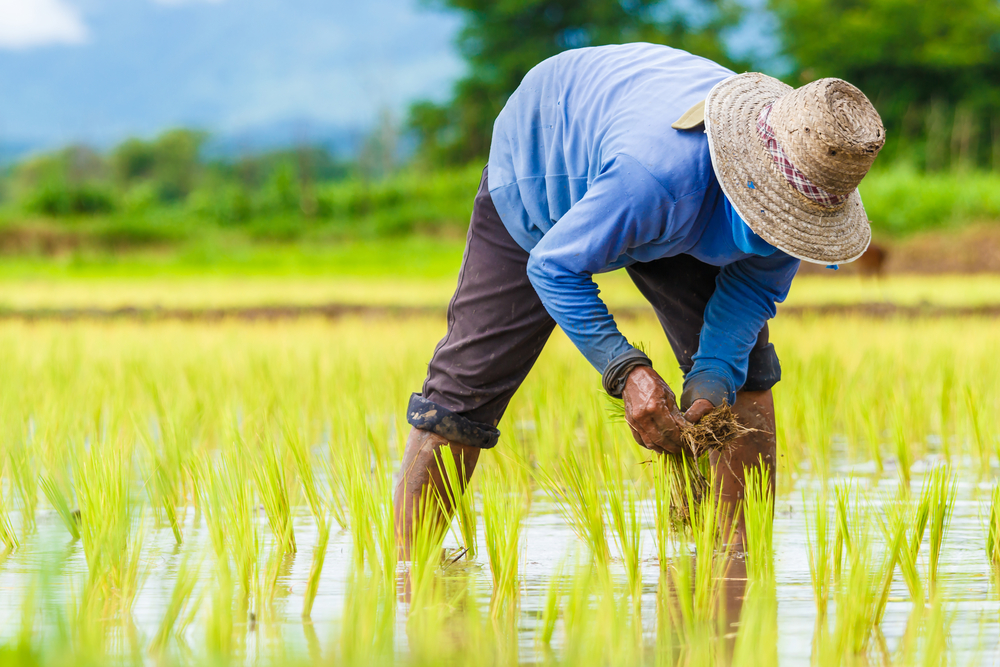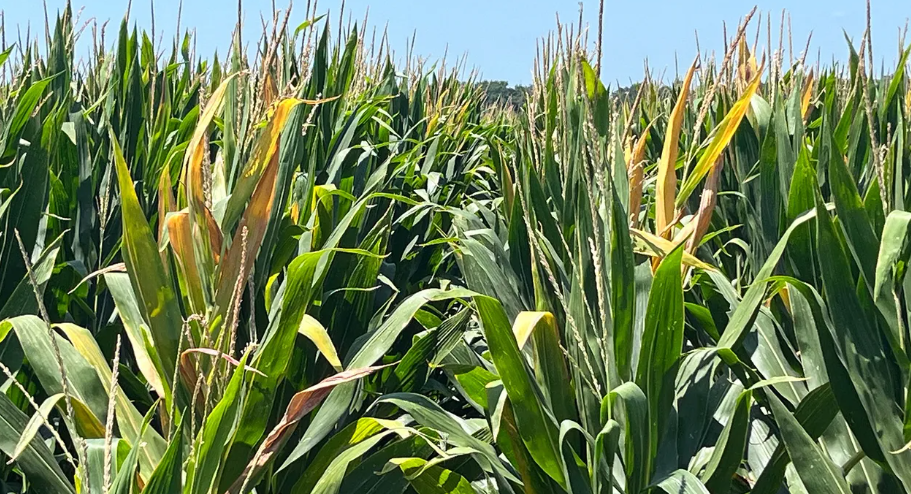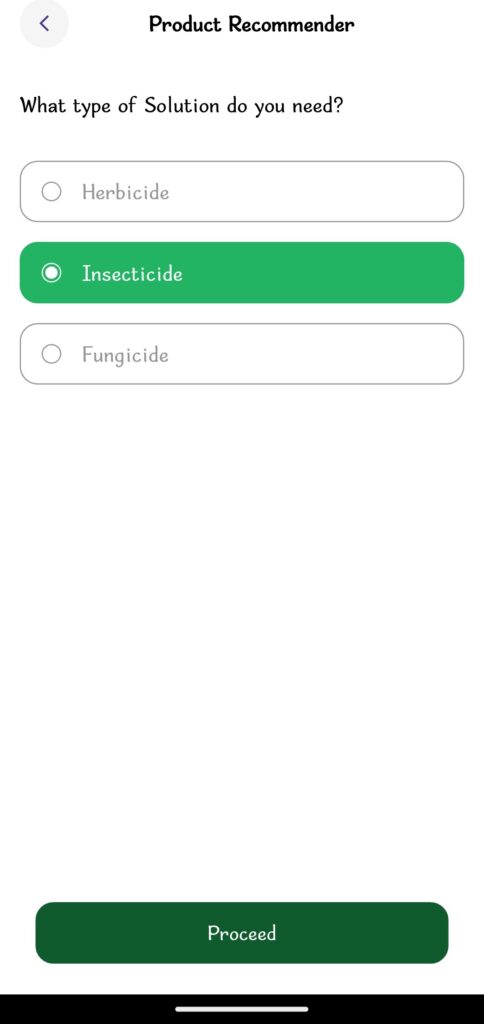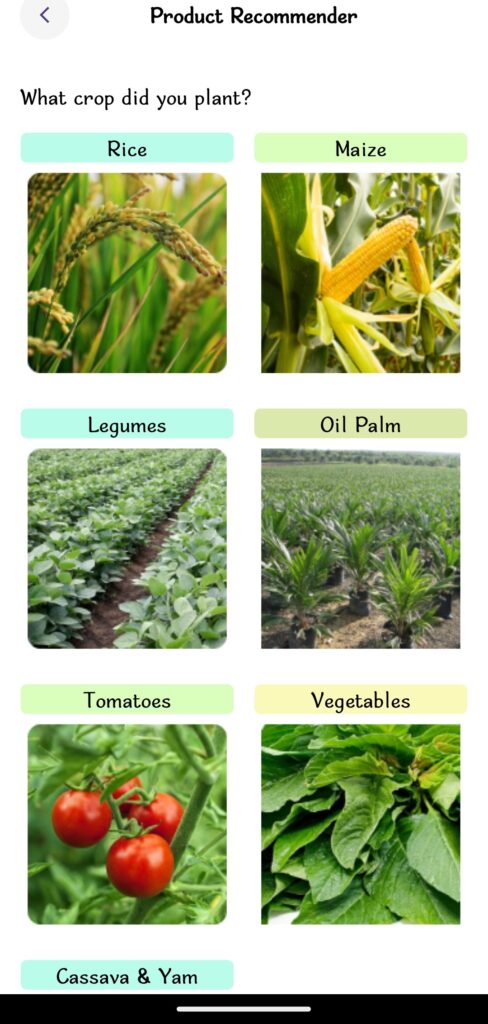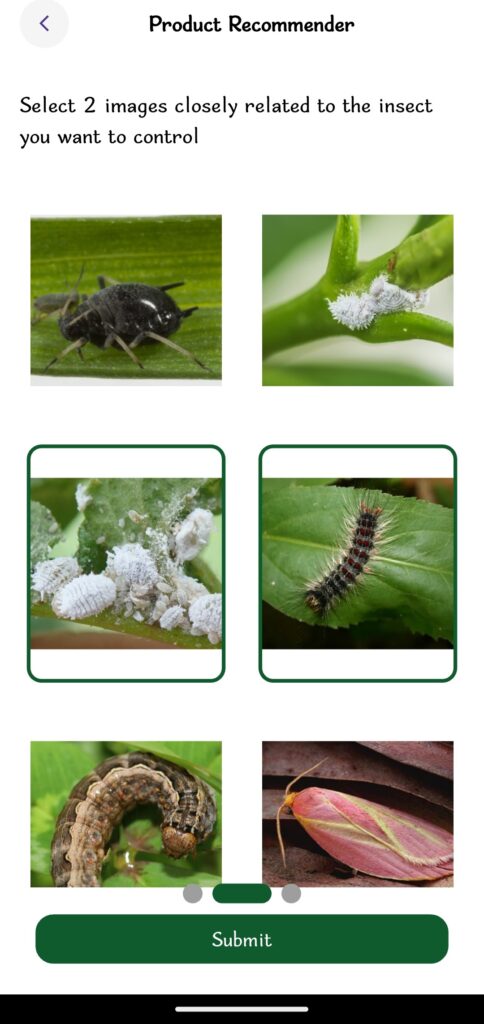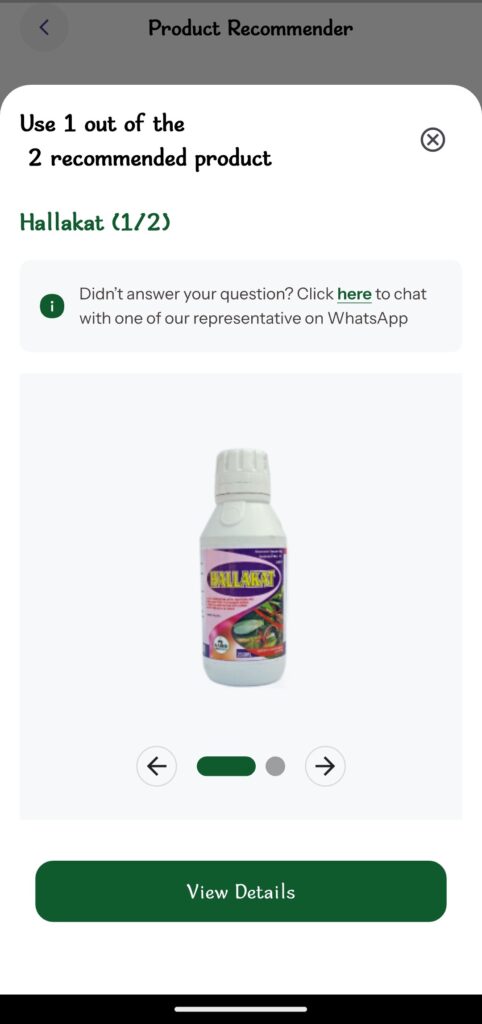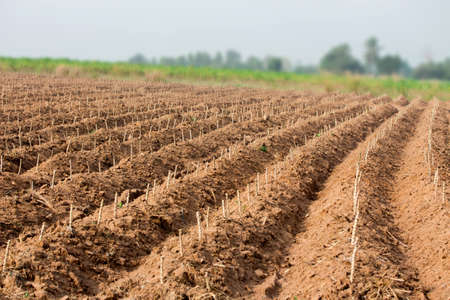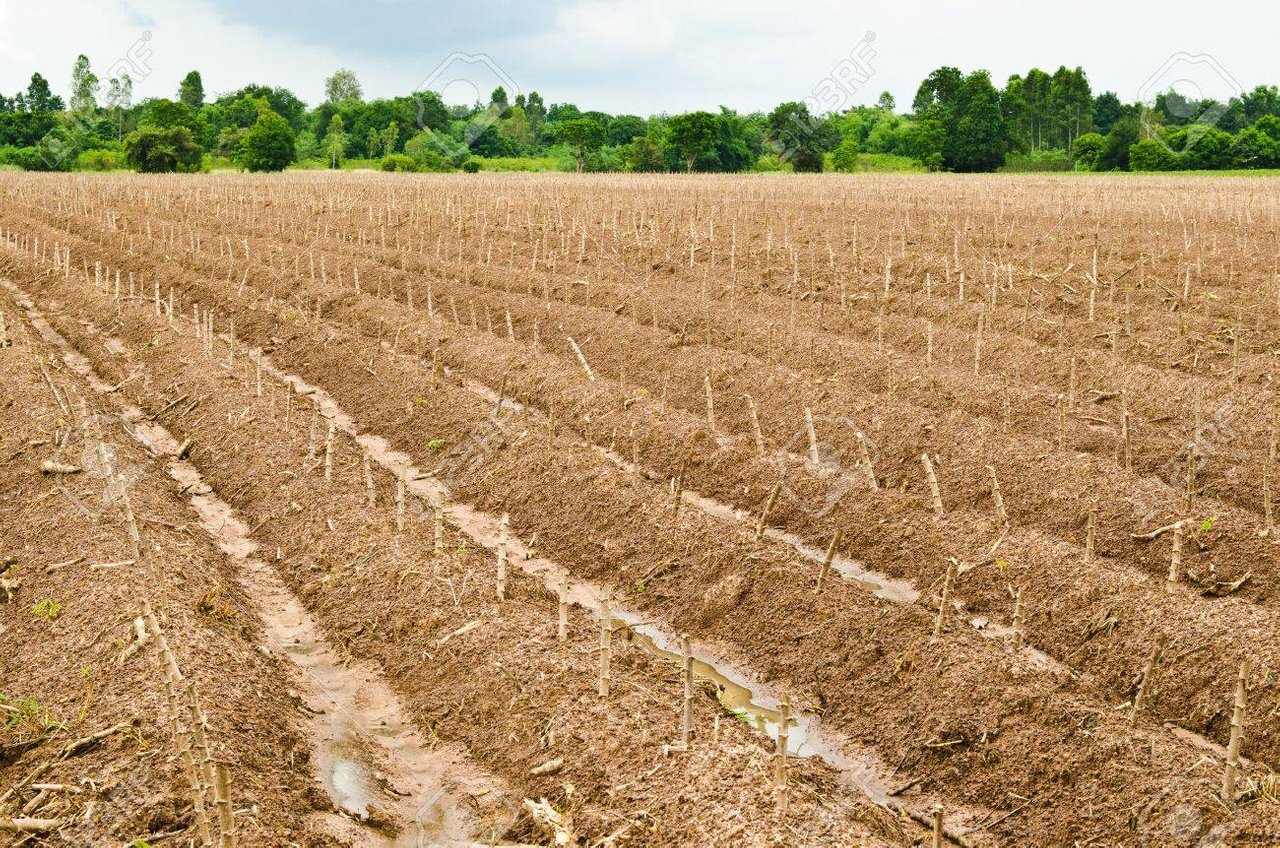Every rice farmer understands one key fact, water is essential. Rice doesn’t just like water; it needs a lot of it. From the moment it’s planted until harvest, rice depends on steady moisture to grow well. In the past, farmers relied on rainfall to meet this need. But today, many have come to accept that the rains are no longer as reliable as they once were.
With shifting weather patterns, lower humidity, unpredictable rainfall, and longer dry seasons, depending only on rainfall has become a big gamble. That’s where irrigation comes in, the controlled supply of water through man-made systems. Whether it’s canals, pumps, boreholes, or sprinklers, irrigation gives farmers better control over water, even during the hottest, driest periods.
In this blog, we’ll explore the major differences between rainfed and irrigated rice farming, looking at water needs, infrastructure, expected yields, labour demands, and how each method can affect your income. Whether you’re already in the middle of your farming season or just getting started, this guide will help you make smarter, more sustainable choices for your farm.
Let’s start with the most obvious factor to consider.
1. Where does your water come from?
Your rice can only grow as well as your water source allows. If your farm relies solely on rainfall, then you have little control over when and how much water your crop gets. That can be risky, especially with climate change making rainy seasons shorter or less predictable.
If your area has regular rain, rainfed farming might still work, but if you’ve noticed drier spells or delayed rains, you may need to start exploring backup options. Irrigation gives you that control: with canals, boreholes, or pumps, you can supply water when nature doesn’t.
2. Yield potential can be affected by irrigation
Irrigated rice fields usually produce more rice, more often. With water always available, your plants stay healthy, and you can even farm two or three times a year. Rainfed farms can still do well, but they depend on the weather. One bad season, and your yield may drop.
Our recommendation is to have a mix of both systems, with the artificial setups supplementing/covering for periods where weather patterns may fluctuate between great and not-so-great.
3. Think beyond this season
Rainfed farming is cheaper upfront, but puts your whole harvest at the mercy of the weather. Late rains? You’re planting late. A mid-season drought? Your crop may not recover. Irrigation gives you the power to decide when to plant, how often to water, and how long to grow. Yes, it costs more, but it reduces the chances of losing your crop completely through dry-season farming, vegetable rotation, or fish-rice integration, options that can potentially bring in more money and reduce risk.
4. Choose what fits based on your farm
We cannot emphasize this enough: Your farm is unique; what works for someone else’s land or region may not work for you. So, your preferred approach to managing it should be based off its requirement rather than simply following the crowd.
Maybe your soil holds water well and your area gets consistent rain; then rainfed might be enough. But if your fields dry out quickly, or your rains are less reliable, then it’s time to ask: how long can I keep farming this way? Just make sure to pay attention to your rainfall pattern, soil type, finances, and goals. Choosing the right method isn’t about following the crowd; it’s about knowing your land and planning wisely.
Because at the end of the day…
Both rainfed and irrigated rice systems are valid. They each have their strengths and challenges, and what works best depends on your farm’s location, your budget, your risk tolerance, and even the type of rice you’re growing. One offers simplicity and lower input costs; the other promises consistency and higher yields, but at a price. Whether you rely on the sky or build your own system underground, how you water your rice fields plays a big role in how much you harvest and how much peace of mind you have while doing it.
Where possible, we recommend combining both methods—i.e., using rainfall when it’s available and supplementing with irrigation when it’s not, for more resilient, productive farming.
